Lead is a naturally occurring metal found in the earth's crust. Lead has been mined, processed, and used in commercial and household products for hundreds of years. In the past, lead was used in paint, gasoline, pottery, water pipes and other products.
Why Is it Dangerous?
Unfortunately, lead is a poison and harms people if it enters the body. Once lead enters the human environment, there is no way to destroy it or make it harmless. Therefore, we must control exposure to lead.
Lead poisoning occurs when too much lead builds up in the body. Children and adults can get lead poisoning by breathing or swallowing dust that contains lead.
Once absorbed, it affects almost every organ and system in the body. Even a little lead can make children slower learners. Very high levels of lead exposure can cause coma, seizures and death.
Exposure to lead can cause:
- Brain damage and lower intelligence
- Behavior and learning problems
- Impaired speech and language
- Slowed growth
- Kidney and liver damage
Symptoms
Children can be poisoned by lead but not look or act sick. Because many children who have lead poisoning look and act healthy, it may go unrecognized. A blood lead test is the only way to find out if a child has lead poisoning.
Where Is Lead Found?
Children are poisoned by lead when they breathe lead dust or eat items that have lead in them or lead dust on them. Lead can be found in a variety of sources around the home.
Dust
Lead dust is the main cause of lead poisoning in children. It's created where surfaces containing lead (windows, doors, steps and porches painted with lead paint) rub together.
Lead dust can gather on floors, in carpets, on toys and other objects that children may put into their mouths. Remodeling or repainting can also increase the amount of lead dust in your home.
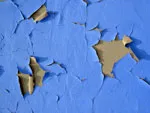
Paint
Chipping, peeling or chalking lead paint is a common source of lead dust and may be a hazard. Lead-based paint may also be found on toys, furniture and playground equipment.
The older the home, the more likely that lead paint was used. This is especially true for homes built before 1940. Lead-based paints were used before they were banned for residential purposes in 1978.
Lead paint in good condition is usually not a problem. It can be a hazard when painted surfaces rub against each other and create dust, such as where windows open and close. Find out your home has lead paint»
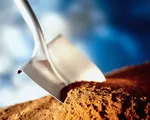
Soil
Soil and dirt around homes and apartment buildings may contain lead from lead-based paint or from car exhaust fumes. Children may come into contact with lead by playing in bare dirt.
Lead in soil can cause contaminated dust to settle on garden plants in summer months. Rinse vegetables well and plant gardens away from old painted structures.
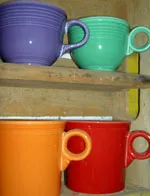
Pottery & Jewelry
Imported, old, handmade or poorly glazed ceramic dishes and pottery may have lead in the glaze. Lead may also be found in leaded crystal, pewter and brass dishware.
Acidic foods or drinks stored in improperly glazed containers are the most dangerous. This includes orange, tomato and other fruit juices, tomato sauces, wines and vinegar. They may leach lead at a higher rate than other foods.
There are also some types of jewelry that contains high amounts of lead. More about lead in Mexican pottery»
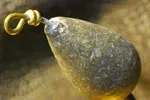
Workplaces and Hobbies
Examples of hobbies that may use lead:
- Welding
- Auto or boat repair
- Making ceramics, stained glass, bullets, and fishing weights
Furniture refinishing, home remodeling, painting and target shooting at firing ranges can also lead to lead exposure.
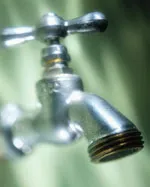
Water Pipes and Solder
Lead in drinking water is not a common source of lead poisoning in Oregon. Most well or city water does not naturally contain lead.
However, lead may get into drinking water from household plumbing. For example, the solder that connects the pipes or brass faucets sometimes contains lead.
Lead from solder is most commonly found in homes built between 1970 and 1985. Lead may also get into the water if the water sits in pipes too long. More about lead in plumbing»
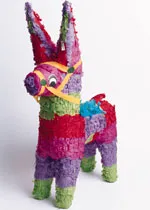
Food
In recent years, laboratory testing done in California has found lead in candy imported from Mexico. It was also found in the wrappers and clay pots the candy comes in.
Home Remedies & Cosmetics
Many home remedies may contain lead, including Azarcon, a bright orange powder, and Greta, a yellow powder. Others include:
- Liga
- Alarcon
- Rueda
- Maria Luisa
- Coral
- Albayalde
- Pay-loo-ah
- Ghasard Bali Goli
Certain cosmetics, especially those from the Middle East, India, and Asia (Kohl, Surma, and Ceruse) may also contain high levels of lead. More about lead kohl and Hindu powders»
Questions? Call the Leadline
503-988-4000
leadline@multco.us
Lead prevention information and referral. Spanish-speaking staff and interpreters in other languages available.
